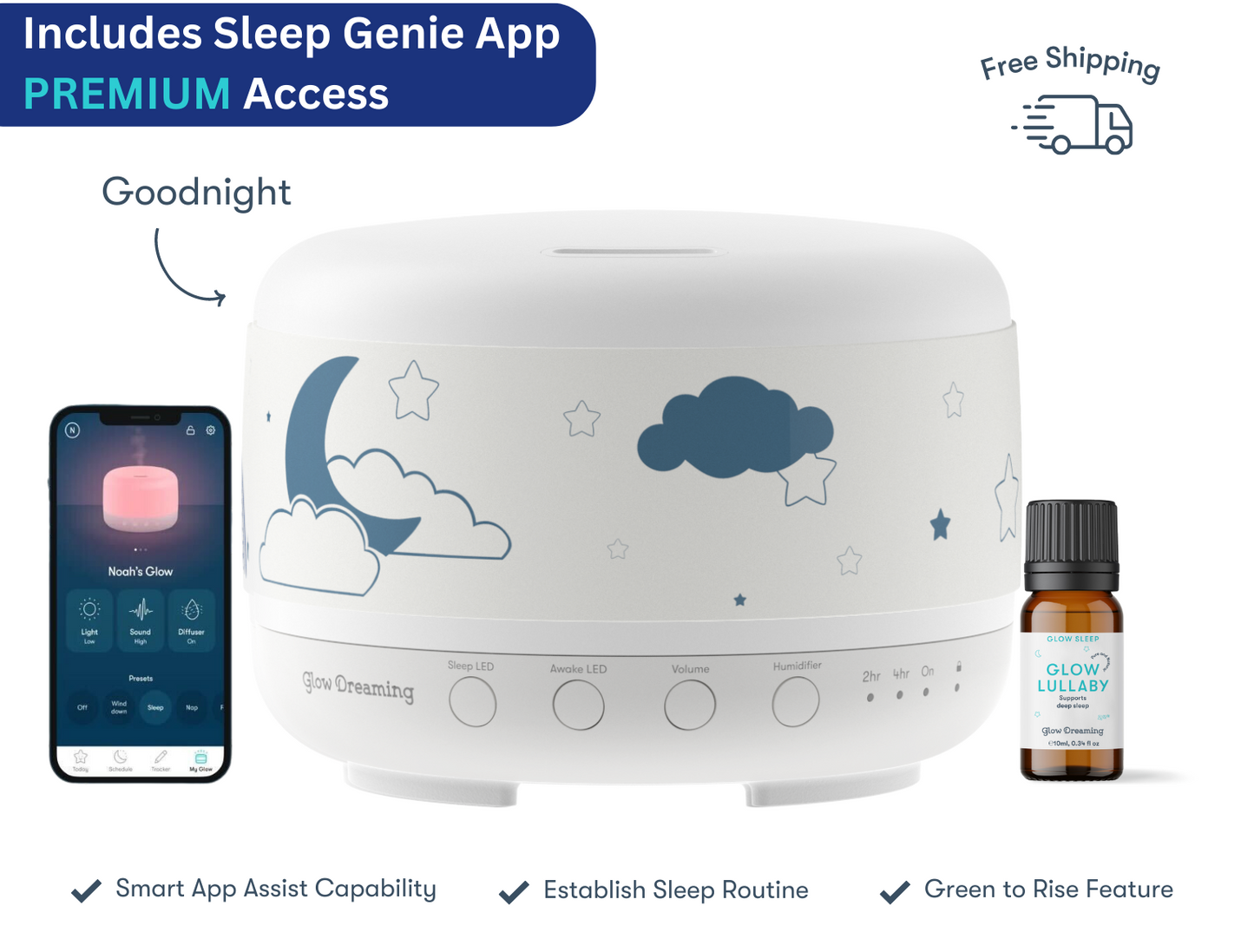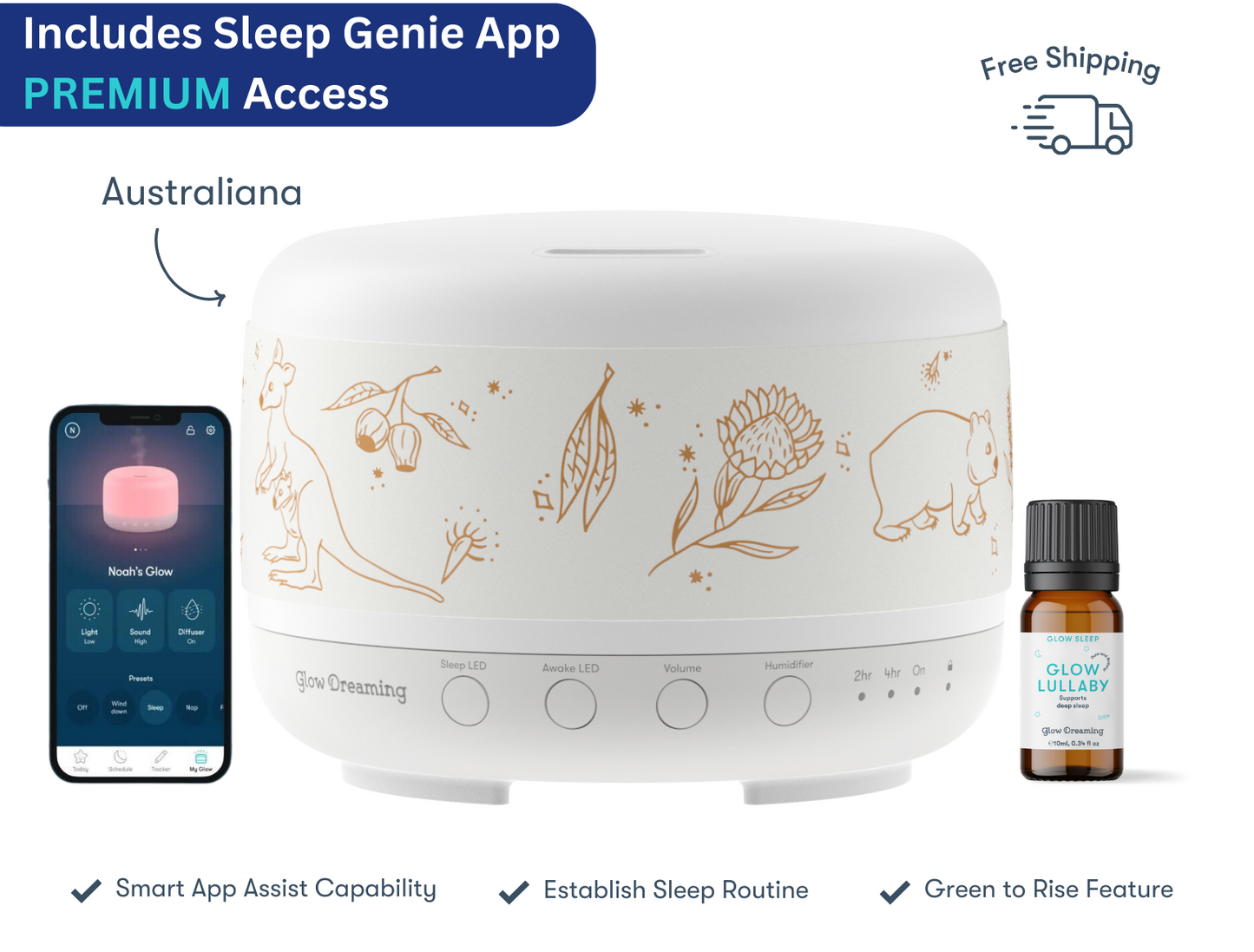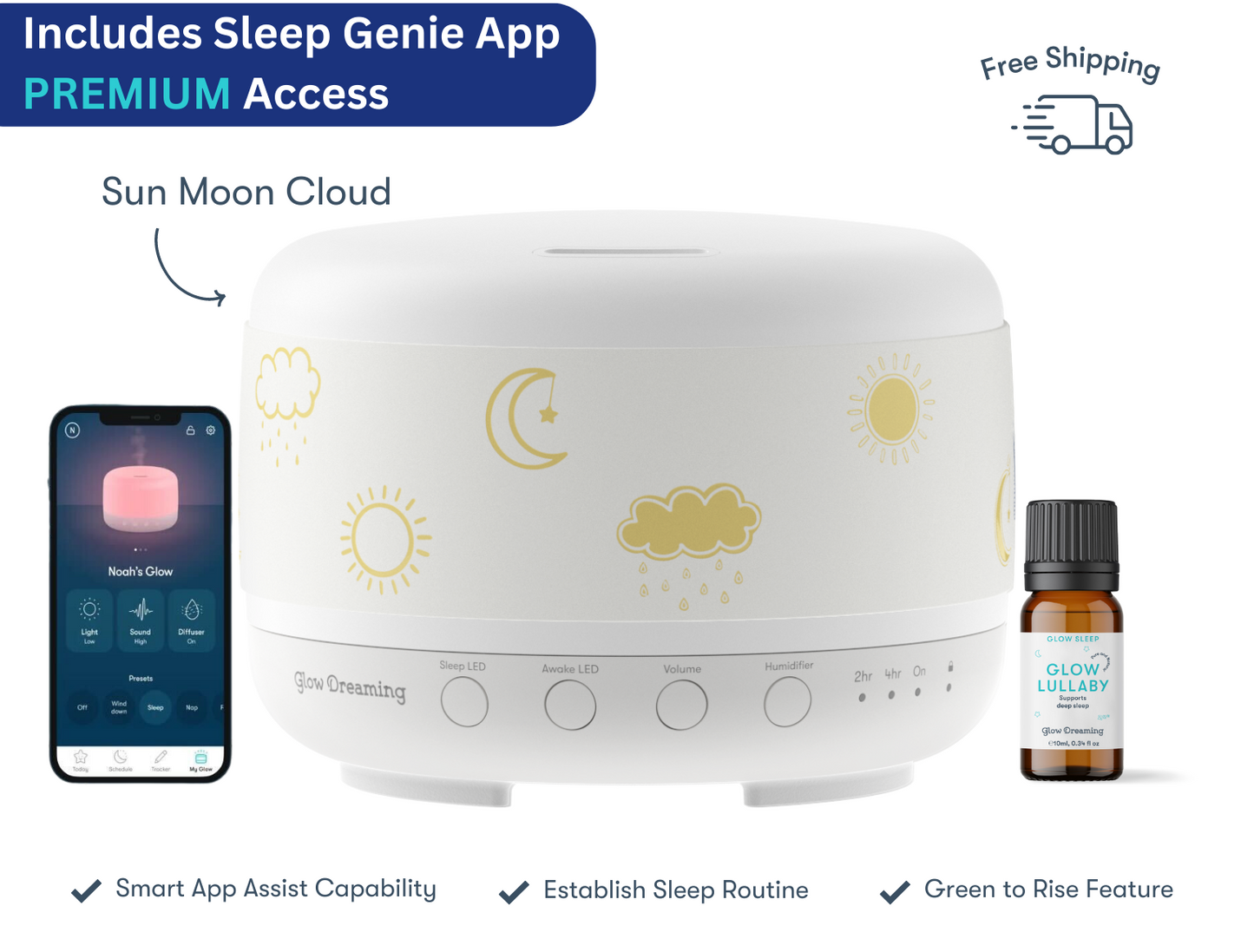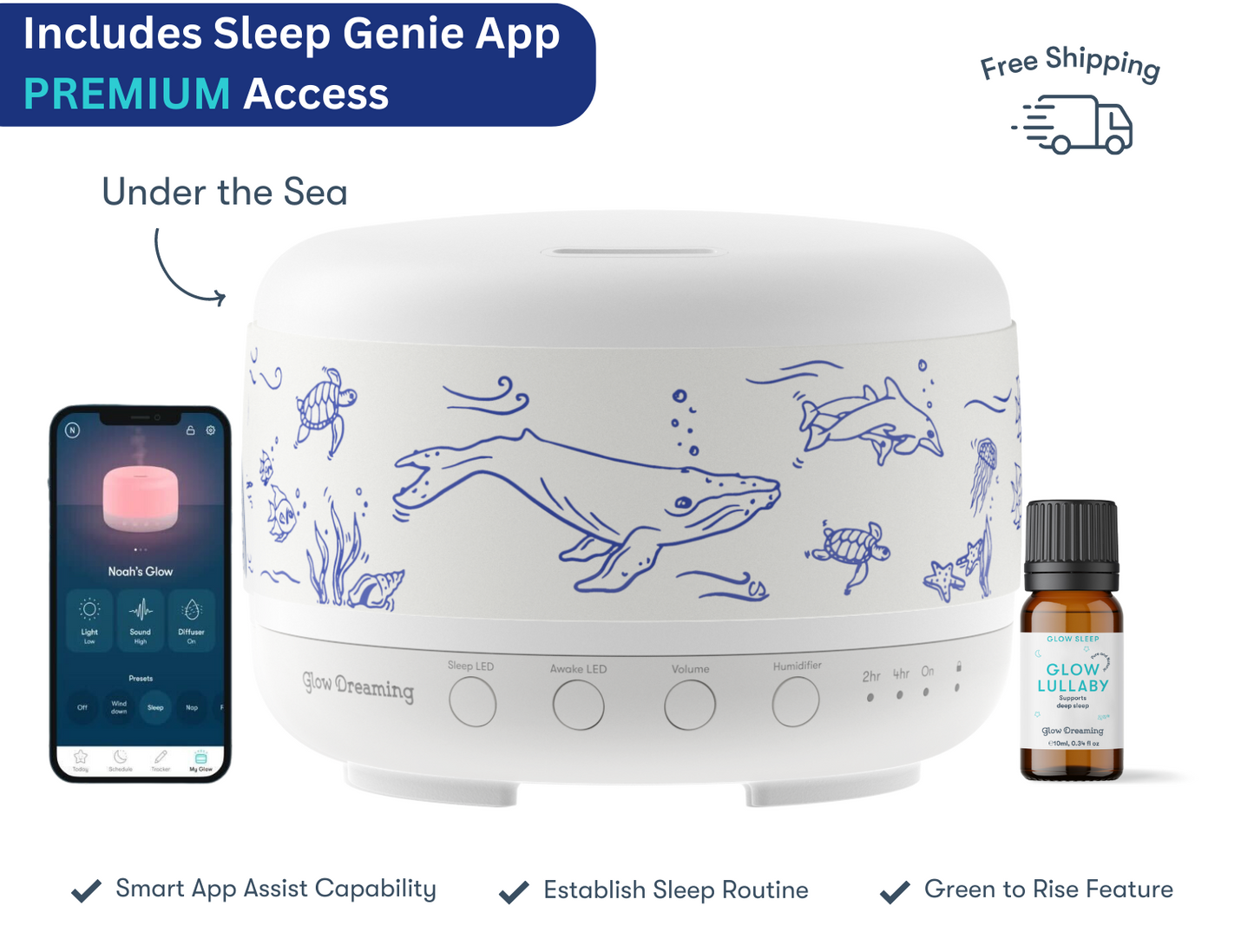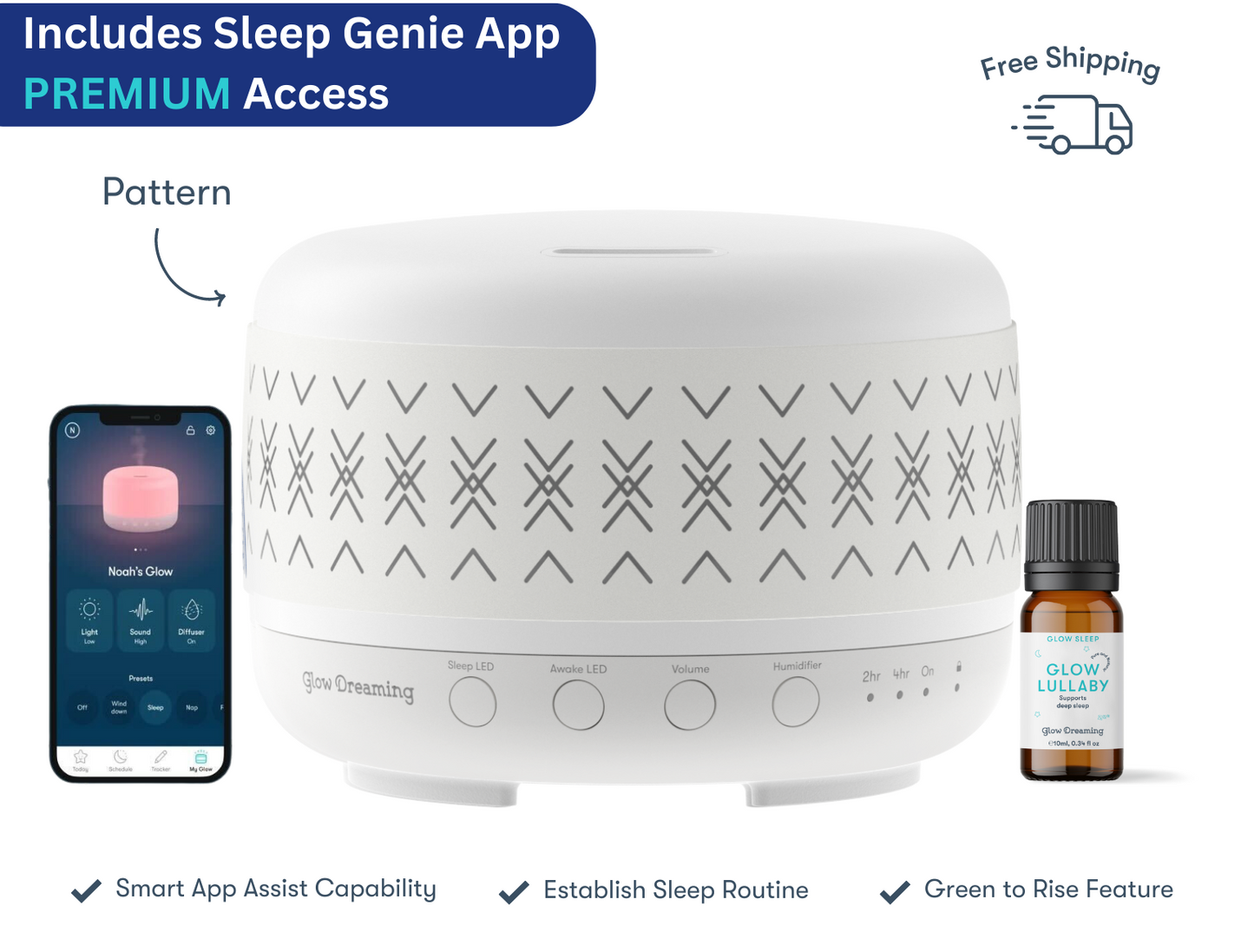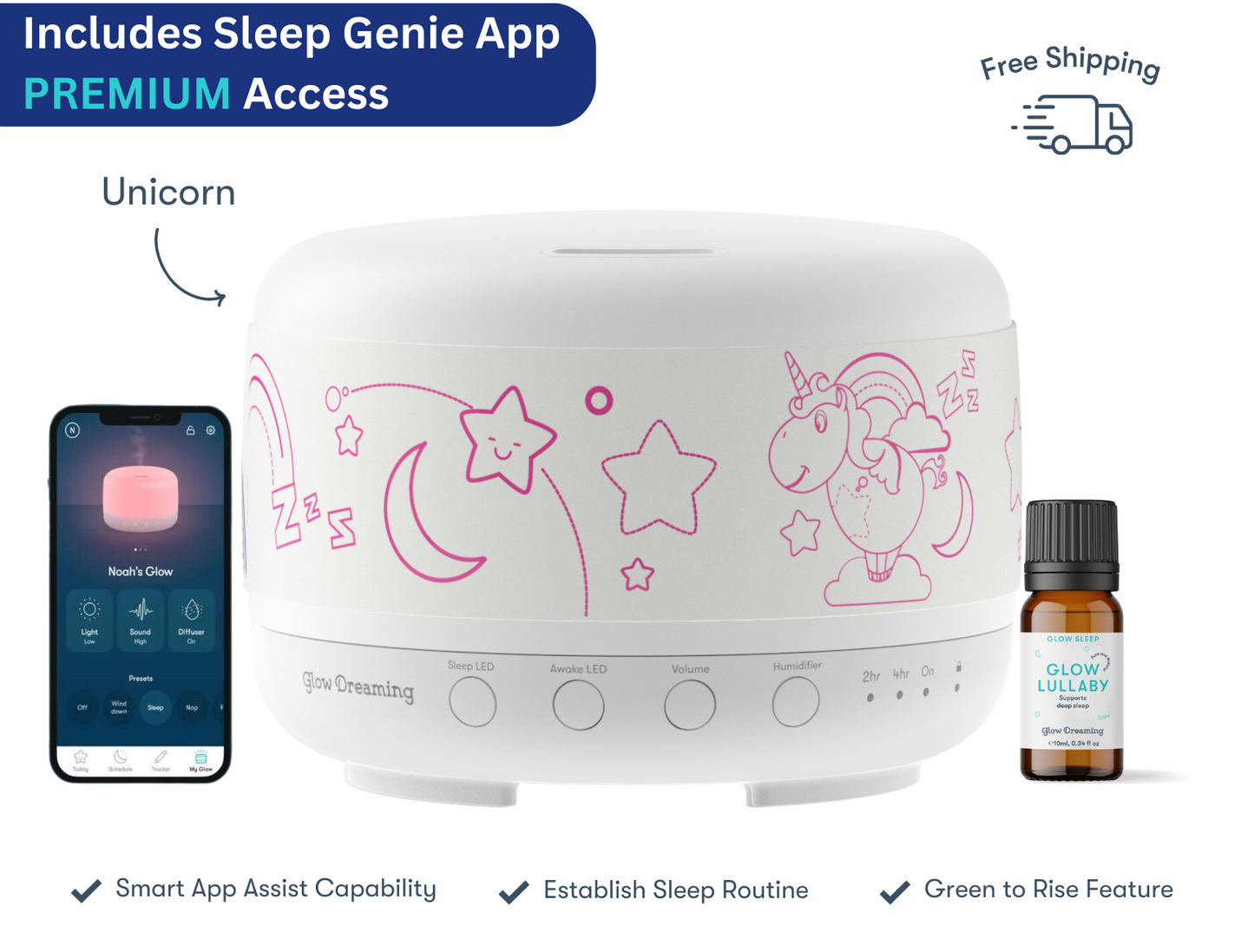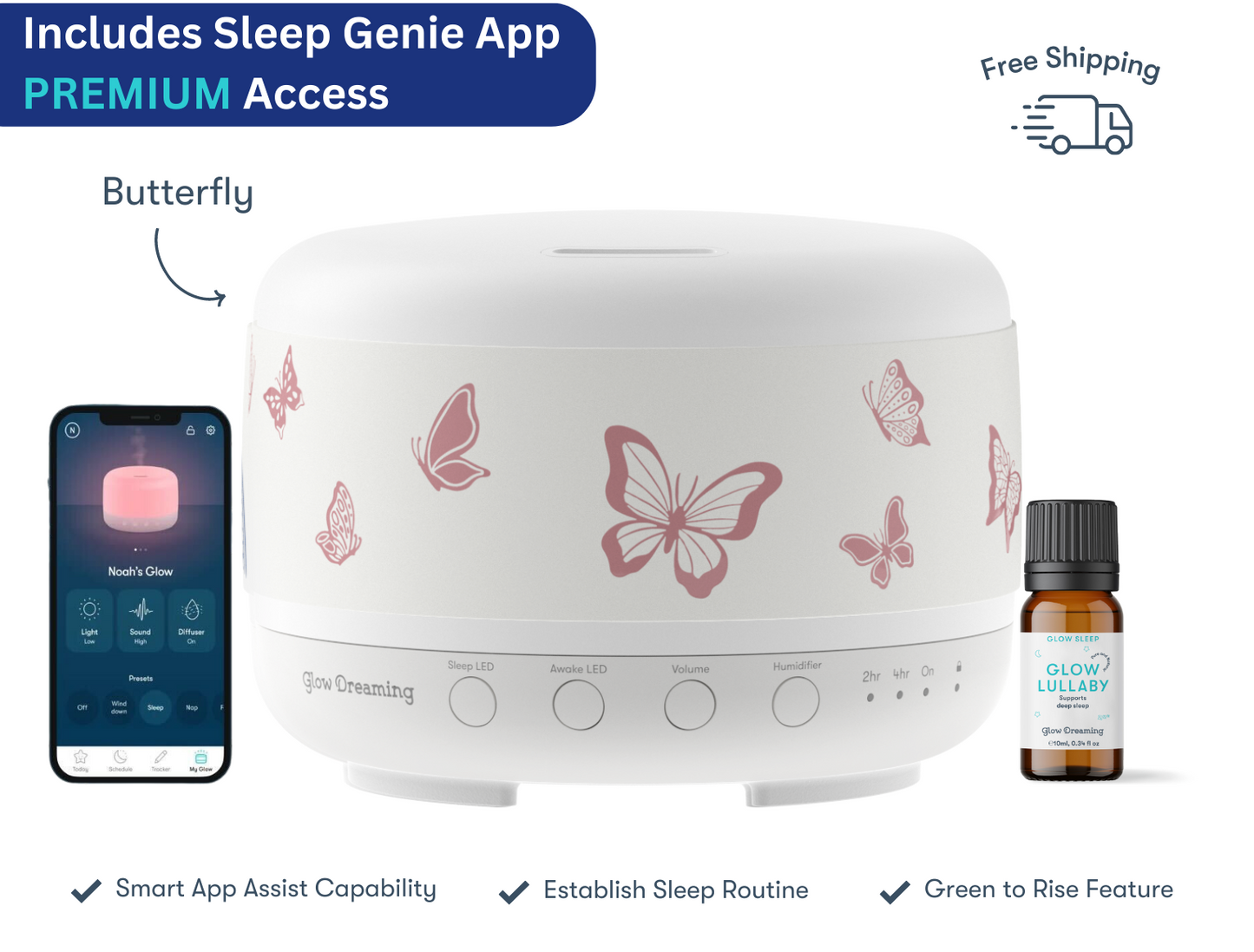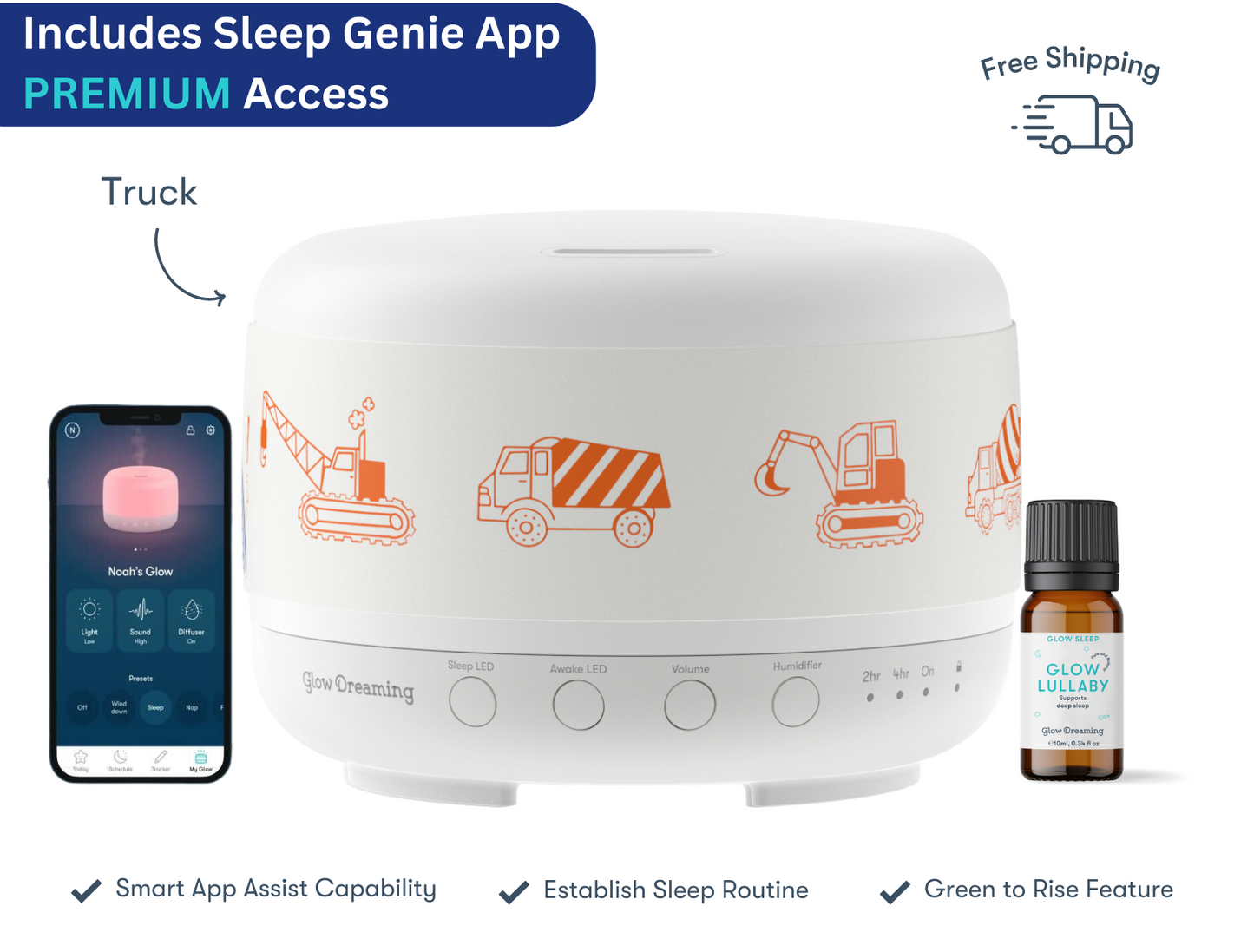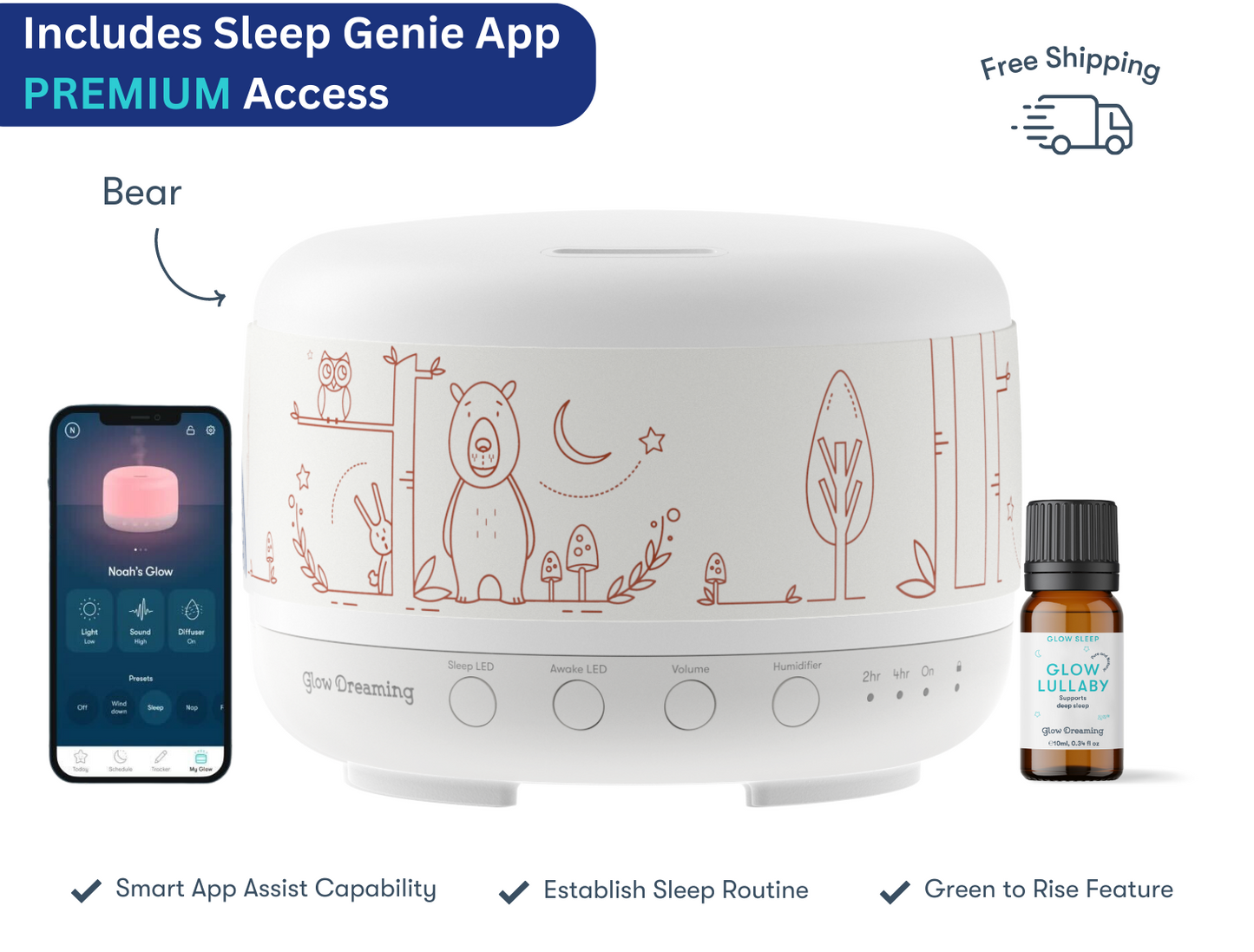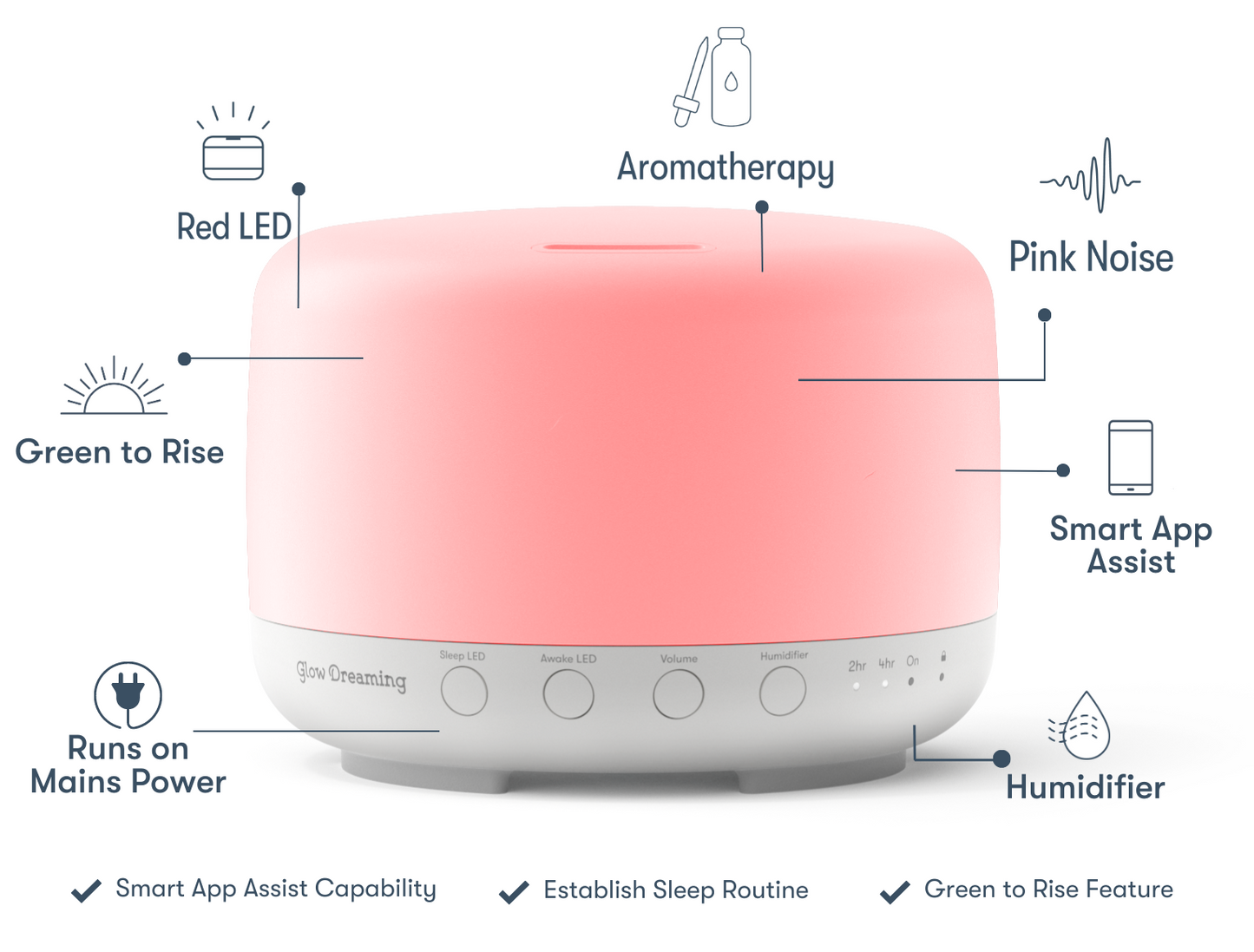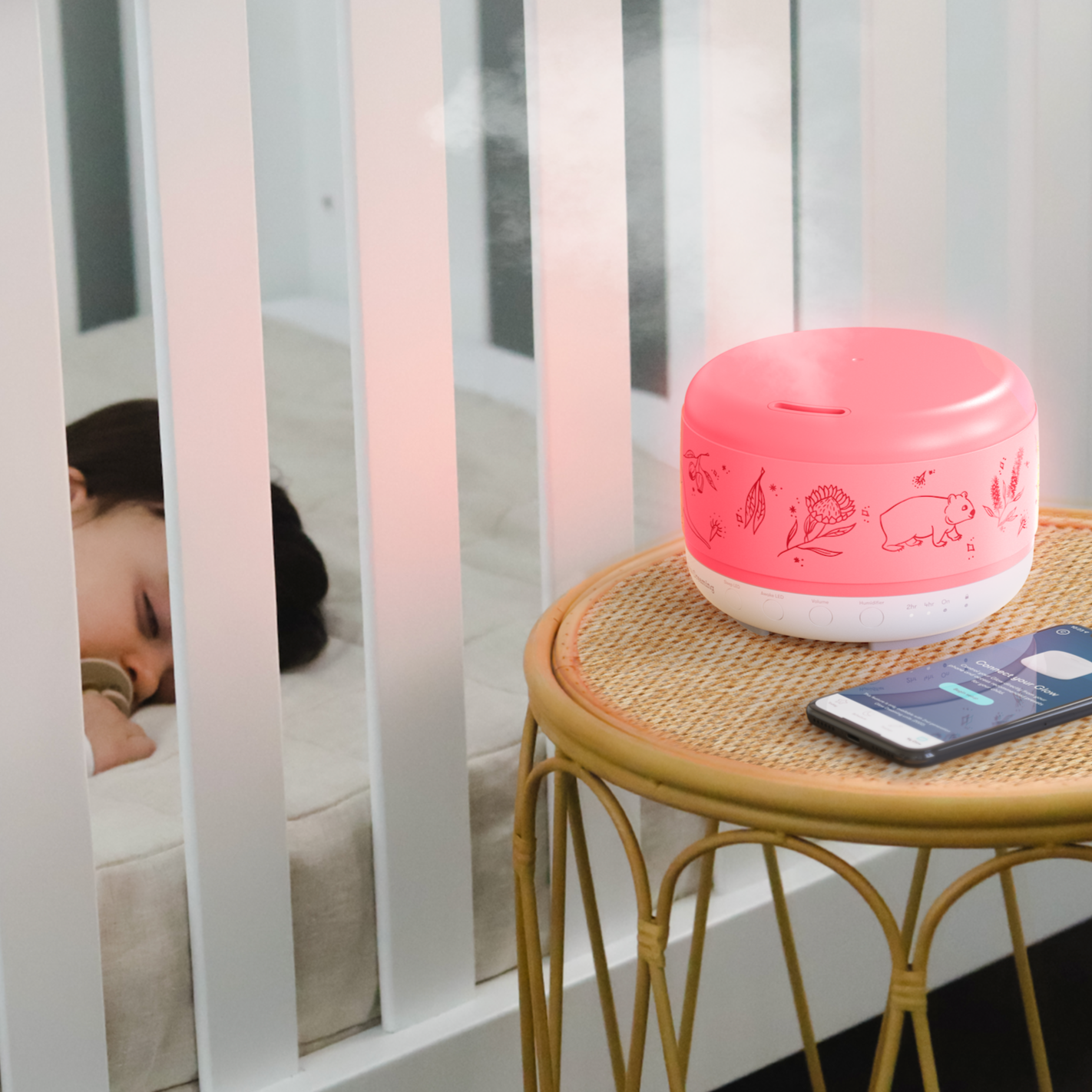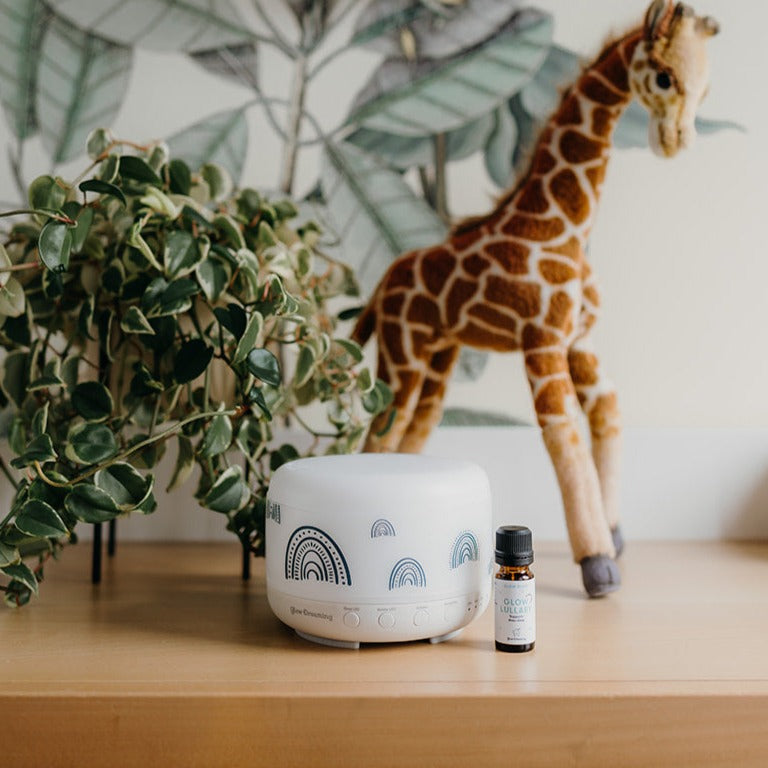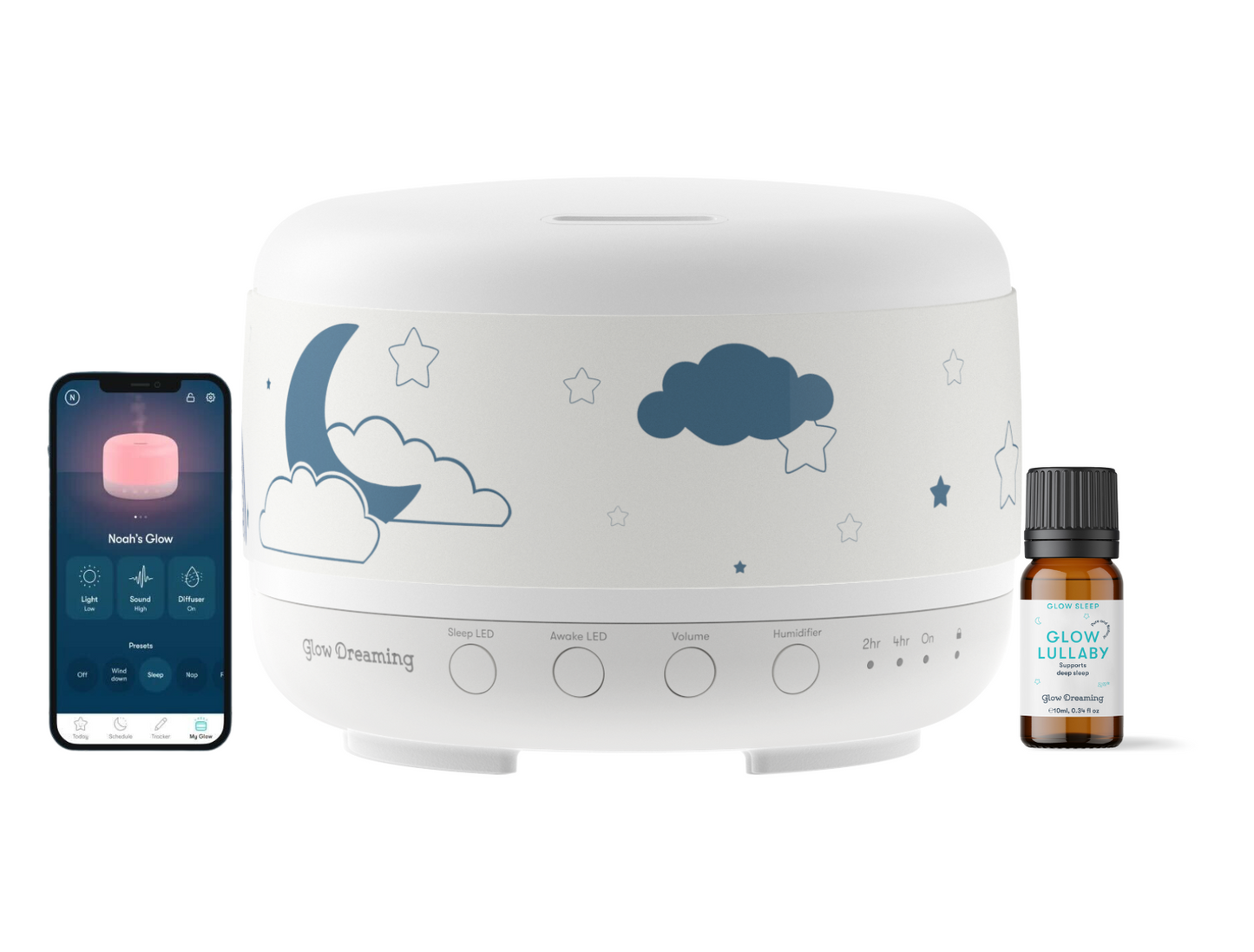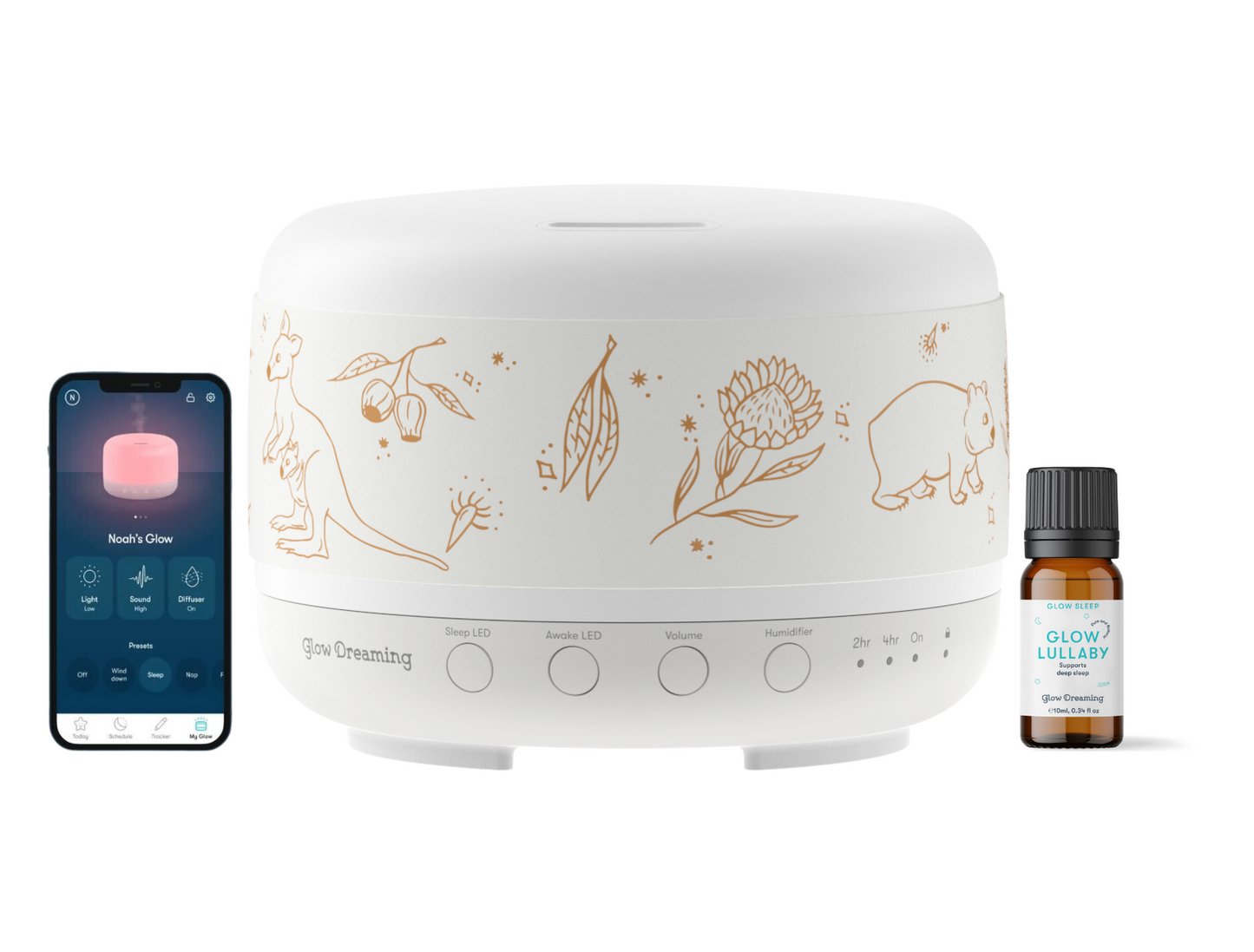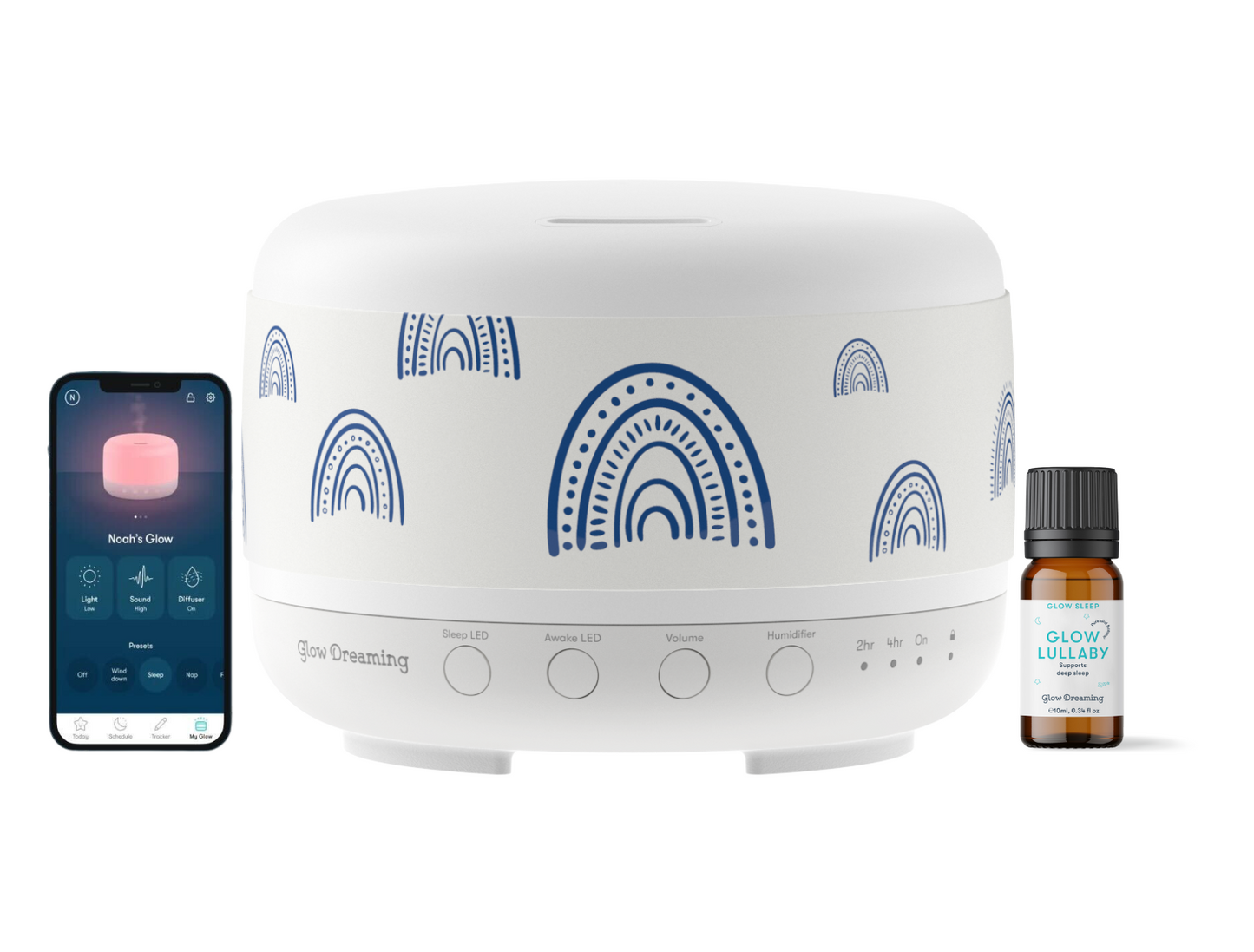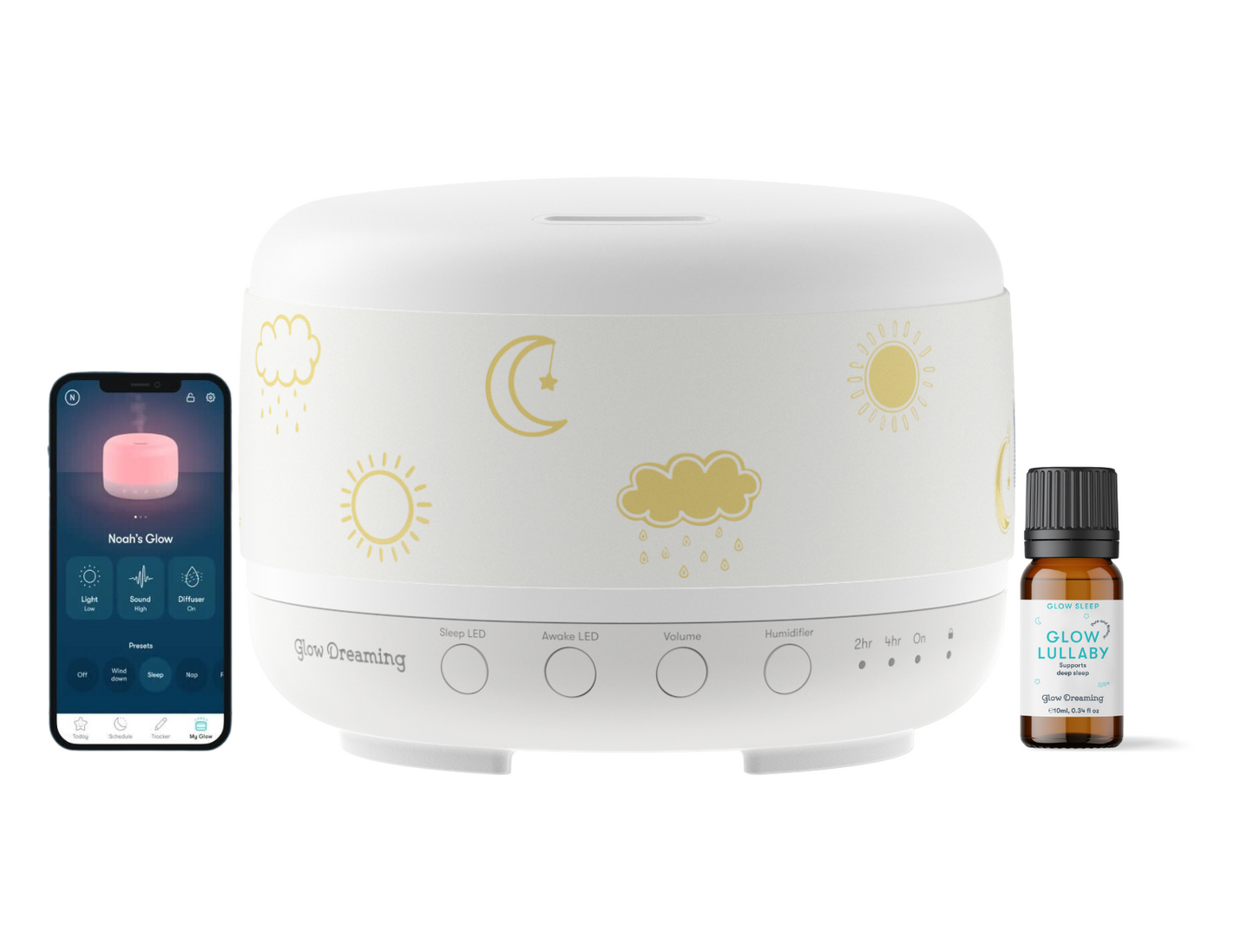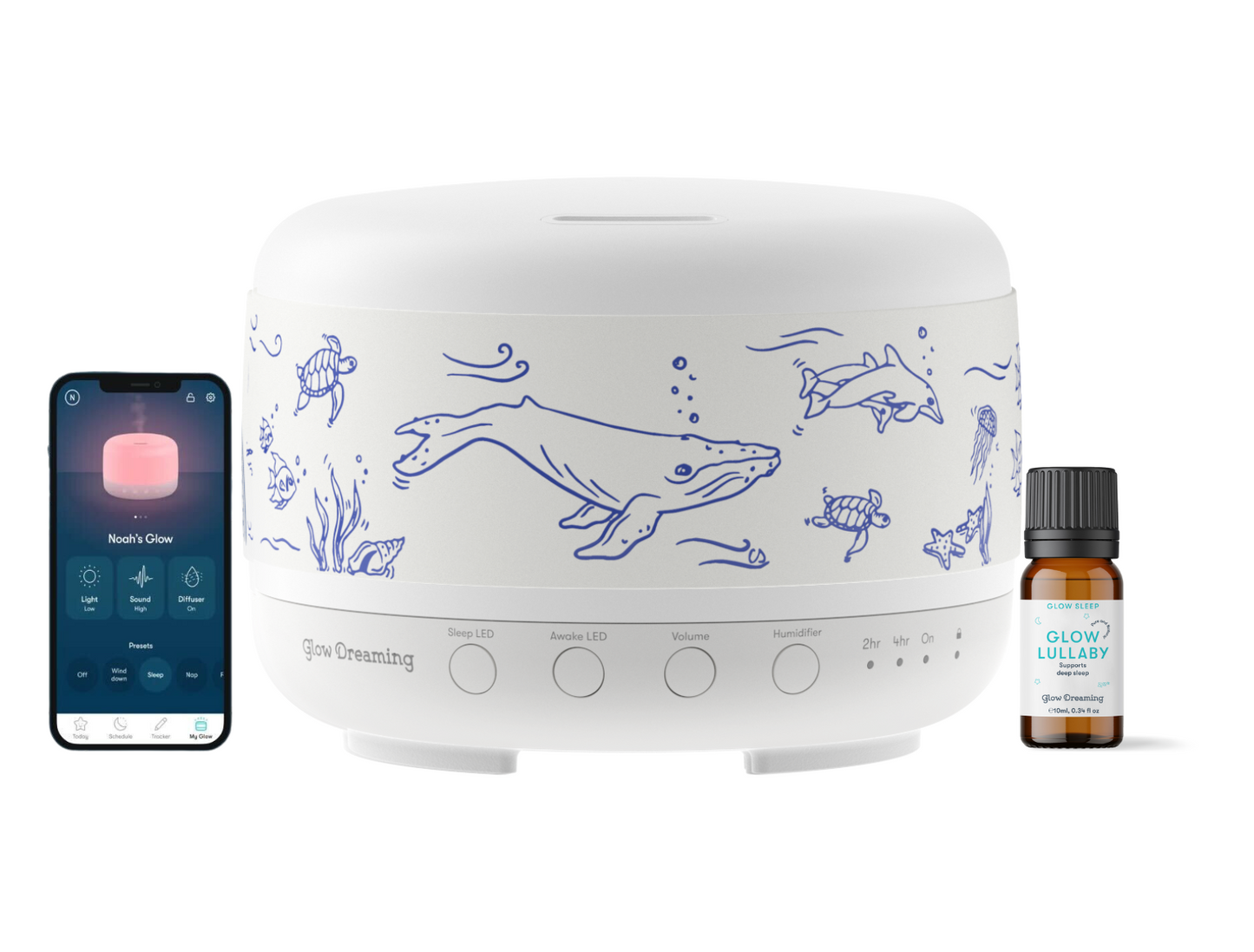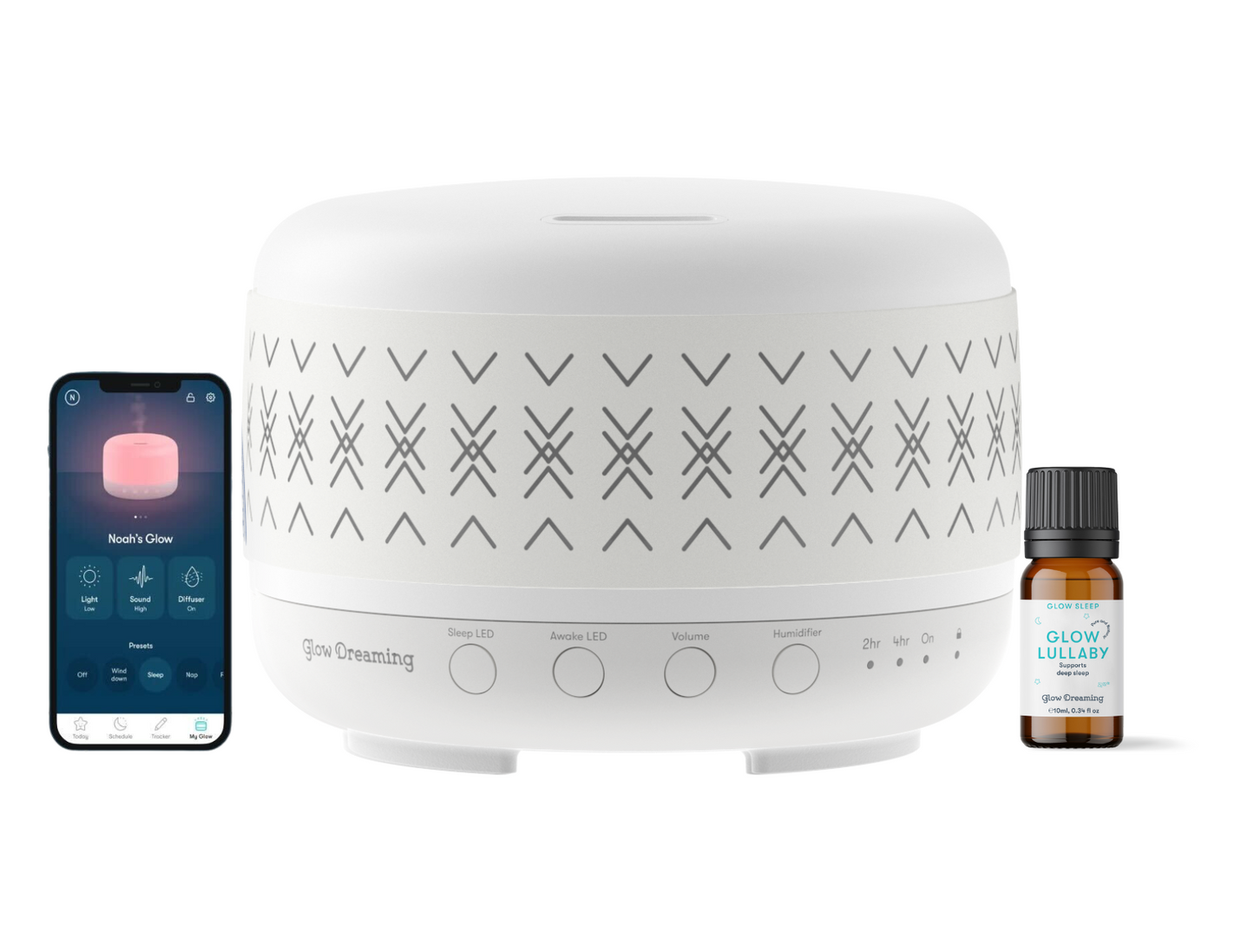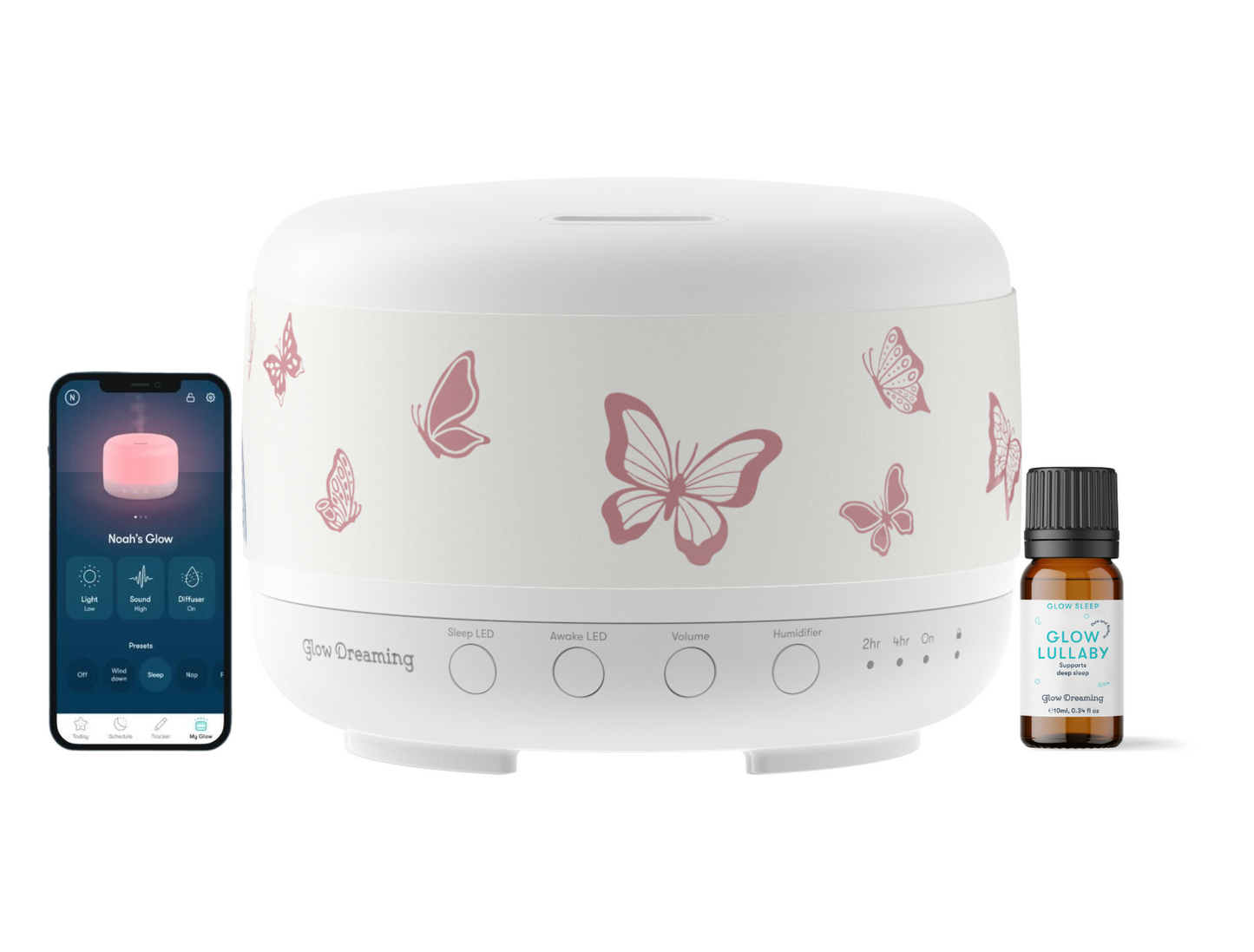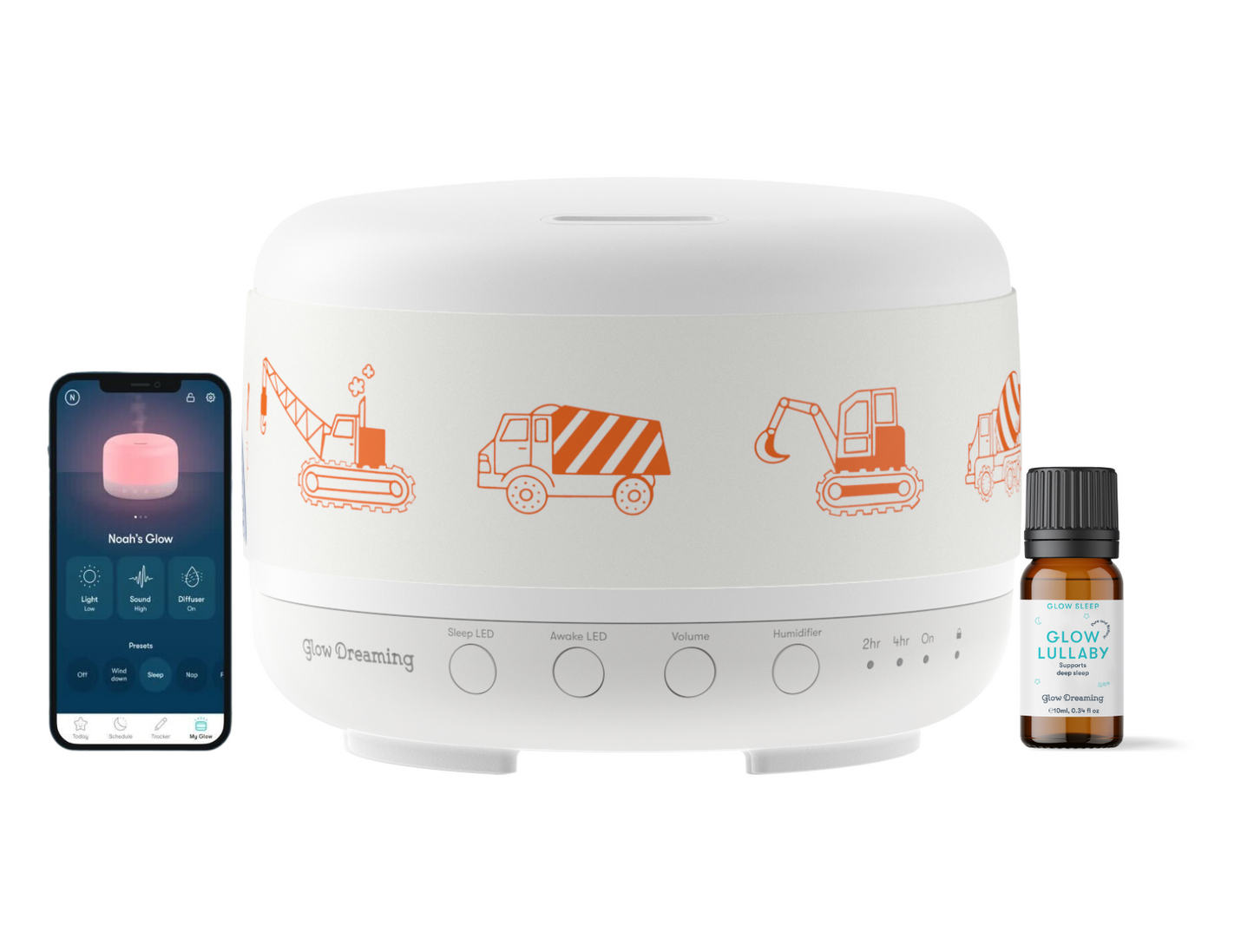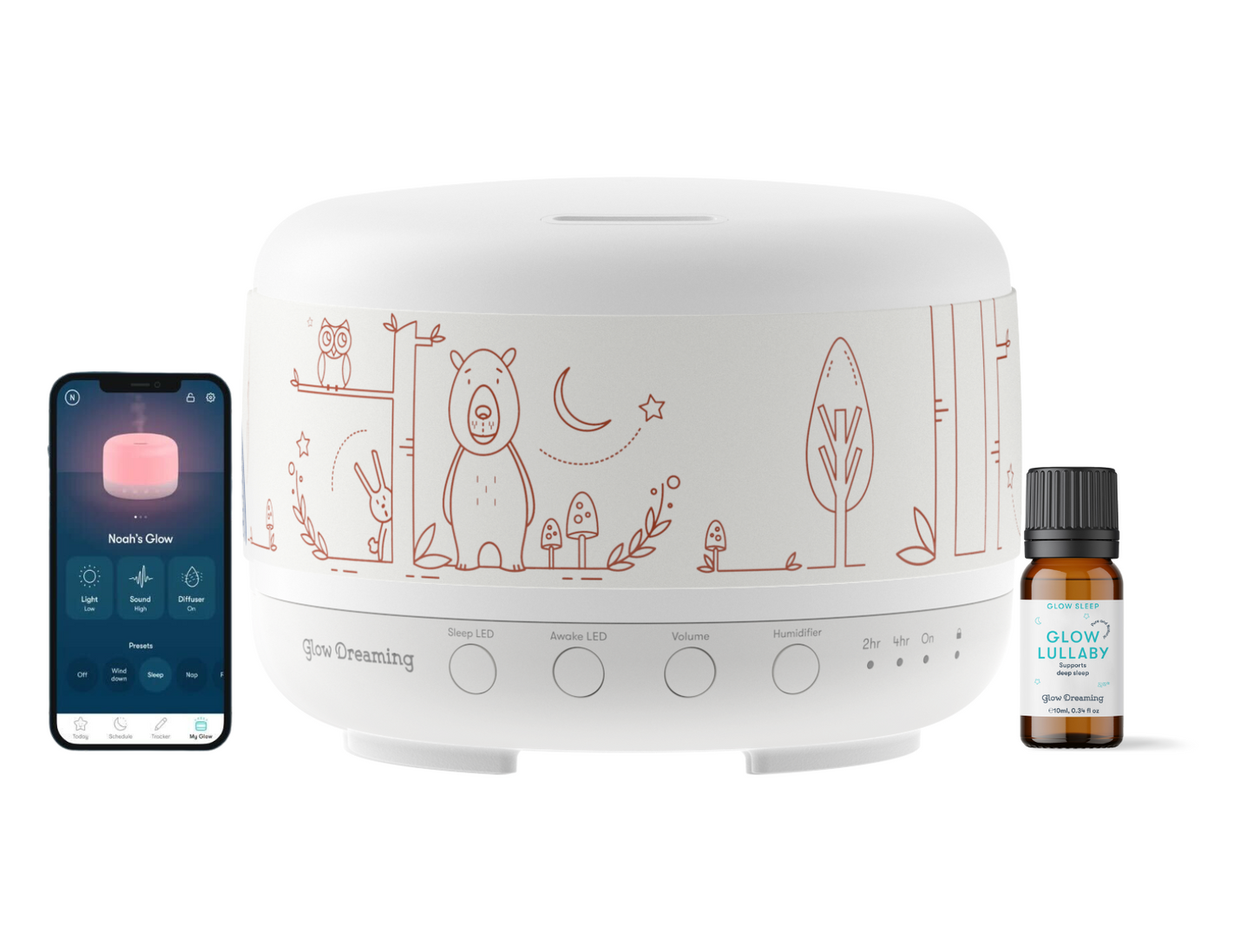Why is it better for babies to sleep on their back rather than their stomach?
Red Nose know through research that when babies are placed on their backs for their sleep they are safer during their sleep than in any other position. They are better able to protect their airways, even if they vomit or are mucousy; their sleep is slightly lighter meaning they are better able to rouse themselves if they become compromised and they have less chance of overheating which is a known risk factor for SIDS.
Is it safe to swaddle my baby?
Swaddling is a great way to settle newborns. Babies have a very pronounced startle reflex and often hit themselves during sleep causing them to wake or scratch and hurt themselves. By swaddling a baby in a cotton or muslin wrap you are helping them to feel secure, plus a wrap will become loose if a baby rolls, allowing their hands to get free to help lift their head up and away from mattresses. For this reason, Red Nose recommends babies stop being wrapped or swaddled when they show signs of wanting to roll or they turn 3 – 4 months old, whichever happens sooner.
When is it safe to introduce a blanket or toy?
The recommendation for safety is that nothing should be added to the sleeping space of a child that could go over their head or face and interfere with their breathing or that could cause them to overheat. For that reason, soft toys, comforters, soothing items etc, are discouraged until a child can roll independently in both directions and is over the age of 1 year.
If you choose to use blankets in the sleep space it is important that they are tucked in firmly on three sides and that the blanket reaches no higher than mid-chest on the child, who is slept on their back with their feet at the bottom of the cot. This way, if they wriggle around they move up and away from their blankets not down and under them. They also can’t grab the blanket and put it over their head.
Is it safe for my baby to sleep on their stomach once they start rolling over?
Some babies may put themselves onto their tummies during their sleep. If you know your child can roll independently (from front to back and to front again) then they should be safe. You can of course return them to their back if you check on them and find they are on their front. Red Nose do recommend that you place your baby on their back for all sleeps when putting them into their safe sleep space.
Are bassinets safe for sleeping?
Bassinets in Australia aren’t currently subject to the same laws for construction and safety that all cots and portacots must be manufactured under. For this reason, Red Nose recommends that if you are choosing to use a bassinet for your child that you move them to their own cot when they are showing signs of rolling, or are 3 – 4 months. Generally, bassinets have a smaller space with soft sides and this increases the chance of your child rolling onto a soft surface and not being able to roll themselves back. This significantly increases the risk of overheating and suffocating.
Is it okay to use a used cot mattress?
You can use secondhand items as long as they are in good, clean working order and haven't been repaired. The risk with a secondhand mattress would be with toxins that could potentially have built up in the mattress that you can't see or smell and that will be very close to where your babies nose and mouth are. If you are happy that the mattress hasn't been exposed to cigarette/vaping smoke, chemicals including paint fumes and you feel comfortable, then use it as recommended on the Red Nose website.
My baby always moves onto his side or tummy when he sleeps, is it safe to leave him there?
Babies love to move around in their sleep, in fact we all do. Sometimes a baby will naturally roll onto their side or stomach during sleep once they have begun rolling. The safest way for babies to sleep is on their back, but Red Nose also recognise that this won't happen all of the time. If you are confident that your baby can roll successfully from their back to their front, and back again, they have their hands free (no longer swaddled or wrapped) and there is nothing in the cot that can cause a risk of overheating, suffocation or choking then your baby should be safe. When you check on them, during their day or night sleeps and you find them on their side/tummy we recommend you gently return them to their back. Most babies begin rolling between 3 - 4 months of age.
If the temperature varies throughout the night, do we dress them for warmth for the coldest part of the night, or is overheating worse than baby getting cold?
Overheating is a known risk factor for SIDS, but also we don't want our babies to get too cold. When it comes to using sleeping bags/suits Red Nose recommends using a bag that's warmth suits the temperature. A light one during warmer weather and a thicker one when it's colder. Another alternative is to continue to use a light one and add extra layers of clothing under the sleeping bag, maybe a long-sleeved singlet, onesie. The easiest way to check if your baby is getting too hot or too cold is to check their tummy, or if your baby is sleeping and you don't want to disturb them, gently feel their chest or neck and back. If they feel nice and warm with no signs of feeling sticky or sweaty, they are fine. We now sweaty babies are already too hot and will need cooling by removing layers. If they feel cool then they need some extra layers. Remember though, this is how the chest/ back feels. Babies will often have cool or cold hands, noses, cheeks, chins, ears but have a nice warm baby and will sleep perfectly well.
How can we donate?
For more information Home | Red Nose Australia or to make a donation Red Nose - Donate Now please follow these links.
We're incredibly grateful to Tiffany for taking the time to answer these questions. If you had any other enquired please don't hesitate to reach out to us here.











